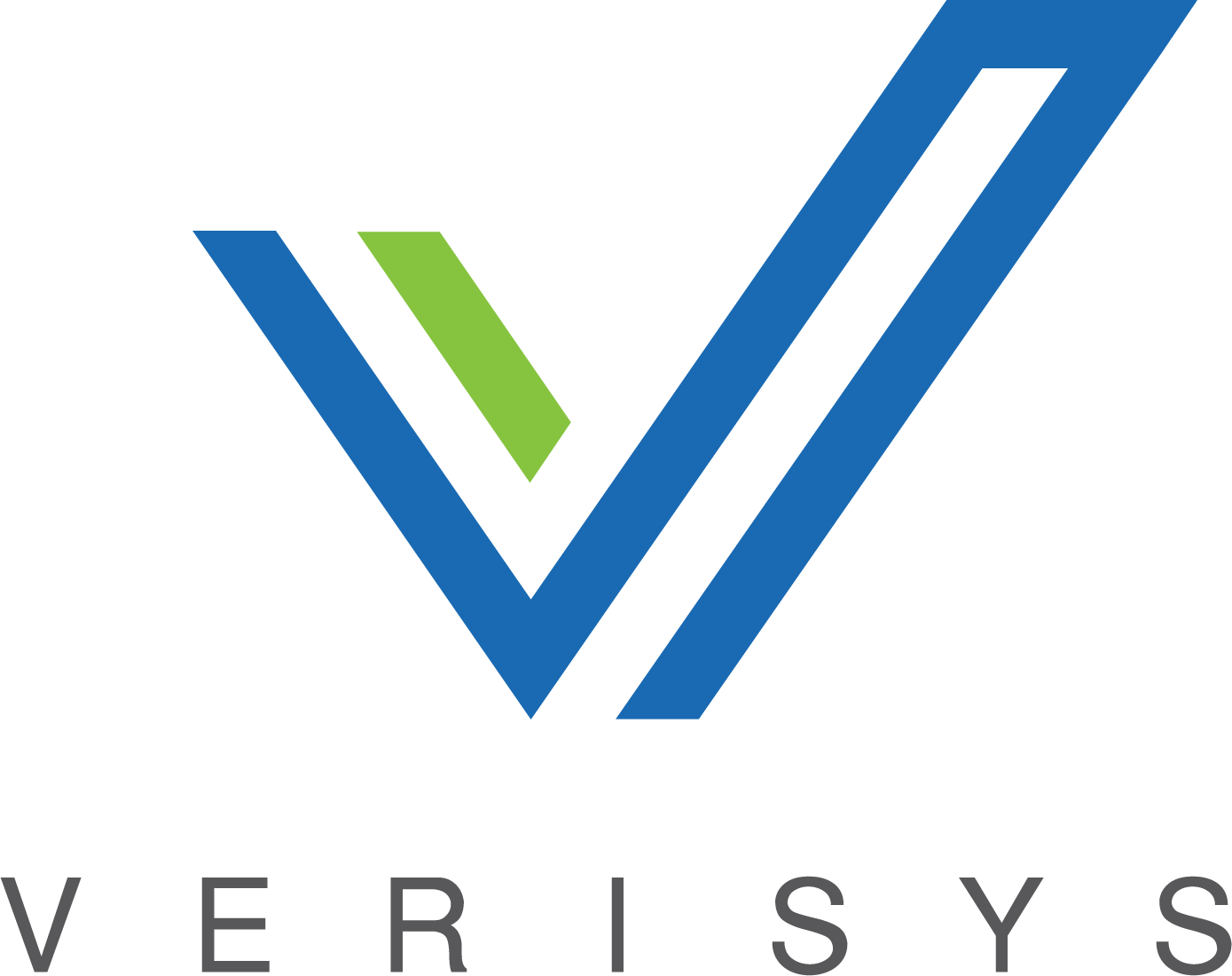– The best resource for monthly healthcare regulatory compliance updates. Compliance Updates: April 2024 Overlook: Licensure Compacts Other Legislation Board Updates Interstate Medical...


Why thorough screening, verification, and continuous monitoring against gold-standard data are the cornerstones to risk reduction
Creating and sustaining compliance according to the three areas of focus covered in part one of this series and keeping up with the growing numbers entering the health care arena and associated risk gaps covered in part two, requires a thorough and regular assessment of policies and procedures.
While policies and procedures outline the template of how to achieve desired results, there is often grey area when it comes to the finer points of executing on those procedures. This third and final installation of “Compliance by the Data” covers very specific, actionable steps that provide assurance of best-practice health care compliance.
The particulars of one’s data directly affects whether you have a fully transparent view of your health care providers, any risk exposure to patients, and your institution’s reputation.
Upon examination of historic and current fraud schemes, closing the following data gaps will lead to faster detection and mitigation of fraud in your organization.
The most common data gaps occur in relation to identity verification, limited data sources, passive data acquisition, State and Federal data aggregation, and continuous monitoring. By addressing these issues, health care organizations can close the gaps and improve compliance with an end result of improved patient outcomes.
Identity Verification
Identity verification for each record in a credentialing file is a science driven by sophisticated algorithms that draw from millions of aggregated records. Searching just one or two online data sources could return a “no results” response, leaving the door wide open to error. Additionally, identity verification can return inaccurate results because of entry error, aliases, married/maiden name changes, various spellings, and intentional identity fraud.
Limited Data Sources
Accessing millions of primary source records goes hand in hand with true identity verification. It takes a mosaic of data records accurately matched to an identity to paint the complete picture of a provider. Limiting data sources leaves an organization vulnerable to fraud and abuse that could have been easily prevented by simply accessing all available data.
Passive Data Acquisition
Many data sets used in screening and credentialing run on a passive data-acquisition protocol, meaning that the data is added when a provider or a health care institution self-reports adverse information to the appropriate license or medical board. There are obvious flaws in relying only on self-reported, passive data. First and foremost is the opportunity for a malfeasant provider to fail to report in order to continue to practice. Second is the delay between the time of occurrence and the time that a report is submitted—particularly if there are protracted proceedings between indictment and final verdict.
Real-Time Data
Automated data acquisition runs on an active protocol, delivering data in real time as it appears in the data set. For instance, if a physician is arrested for assault but is later released, it is up to the physician to report the arrest to the applicable medical board. If the physician opts not to report the arrest, it will not appear in a database that relies on self-reporting. Active, real-time data acquisition checks arrest records, disciplinary actions, board minutes, and other adverse actions in real time from multiple primary source publishers, making that information available immediately while simultaneously overcoming the difficulties of passive, self-reporting systems.
Continuous Monitoring
Real-time data gathering becomes the foundation upon which continuous monitoring is built. This is the technology that provides new data for new and existing personnel covering factors like license status, state hopping, criminal activity, unpaid loans, abuse, and fraud. Continuous monitoring is critical because after a hiring decision is made a provider’s status can change.
In order to ensure the very best care for patients, health care organizations must take a thorough look at the possibility of gaps in their provider data and then close those gaps. Failure to identify gaps can leave an organization exposed to a number of penalties, fines, and regulatory sanctions. Failure to be vigilant with compliance regarding health care providers and entities could affect a patient’s quality of care or put them in jeopardy.
Thankfully, what historically has been a daunting task is now, with the right technology, a cost-saving, streamlined solution. By actively aggregating and verifying real-time data, automation technologies can offer immediate and continuous monitoring to better inform hiring decisions and enable organizations to stay current on the status of their providers and partners at all levels. This comprehensive stream of data leads to improved patient care.
Learn more about how Verisys can assist your HCOs in meeting all government and regulatory standards.
 |
Written by Verisys Verisys transforms provider data, workforce data, and relationship management. Healthcare, life science, and background screening organizations rely on our comprehensive solutions to discover their true potential. Visit verisys.com to learn how we turn problems into power.
|